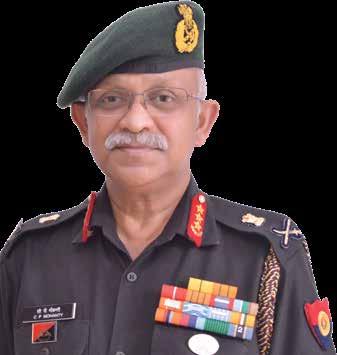EXPERT OPINION: GEOPOLITICAL TRENDS
The Reverberating Rhythms of Geopolitics Three decades after the first India-US Track 1.5 security dialogue, the macro geopolitical trends have a familiar rhythm, and the principal interlocutors are much the same. However, the big contextual difference is the Covid cross that has scarred the world’s composite security in different ways. By Commodore C Uday Bhaskar (Retd)
I
n reviewing the global geopolitical security trends of the current decade, this author recalls the first India-US Track 1.5 security dialogue with a sense of déjà vu. In late 1990, even as the Cold War was in its last phase, a group of senior Indian officials and members of the strategic community met with their US counterparts at the National Defence Academy, Kharakvasla to brainstorm and review the next decade. The two sides exchanged notes on their major security concerns about certain unfolding regional and global developments, including the Soviet Union’s withdrawal from Afghanistan and Iraq’s invasion of Kuwait. The issues that came up on their radar included — the stability of nuclear deterrence and the safety of weapons of mass destruction; the transmutation in China (a year after Tiananmen); deviant state behavior; religious extremism; and sea-rise related to Climate Change. Three decades later, the macro geopolitical trends have a familiar rhythm and the principal interlocutors are much the same — the big contextual difference being the Covid cross that has scarred the world’s composite security in different ways.
Change in strategic landscape
The most significant trend is the complex change in the global strategic landscape. Against the 24 | www.gwprime.geospatialworld.net | March-April 2021



















